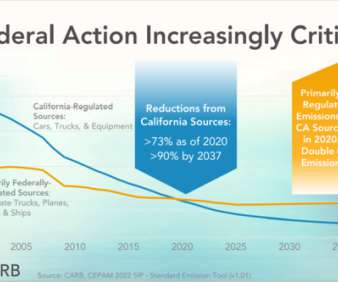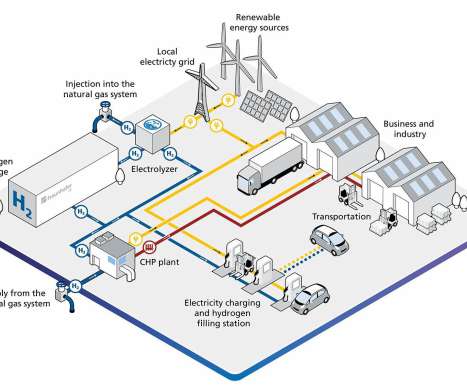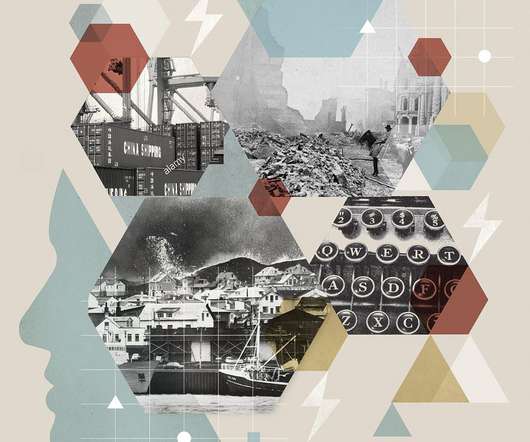California adopts comprehensive strategy to meet federal ozone standard over next 15 years
Green Car Congress
SEPTEMBER 23, 2022
The California Air Resources Board today approved a statewide plan for attaining the federal health-based standard for ozone, typically experienced as smog. The 2022 State Implementation Plan Strategy identifies the state’s control strategy for meeting the federal 70 parts per billion, 8-hour ozone standard over the next 15 years.



















Let's personalize your content